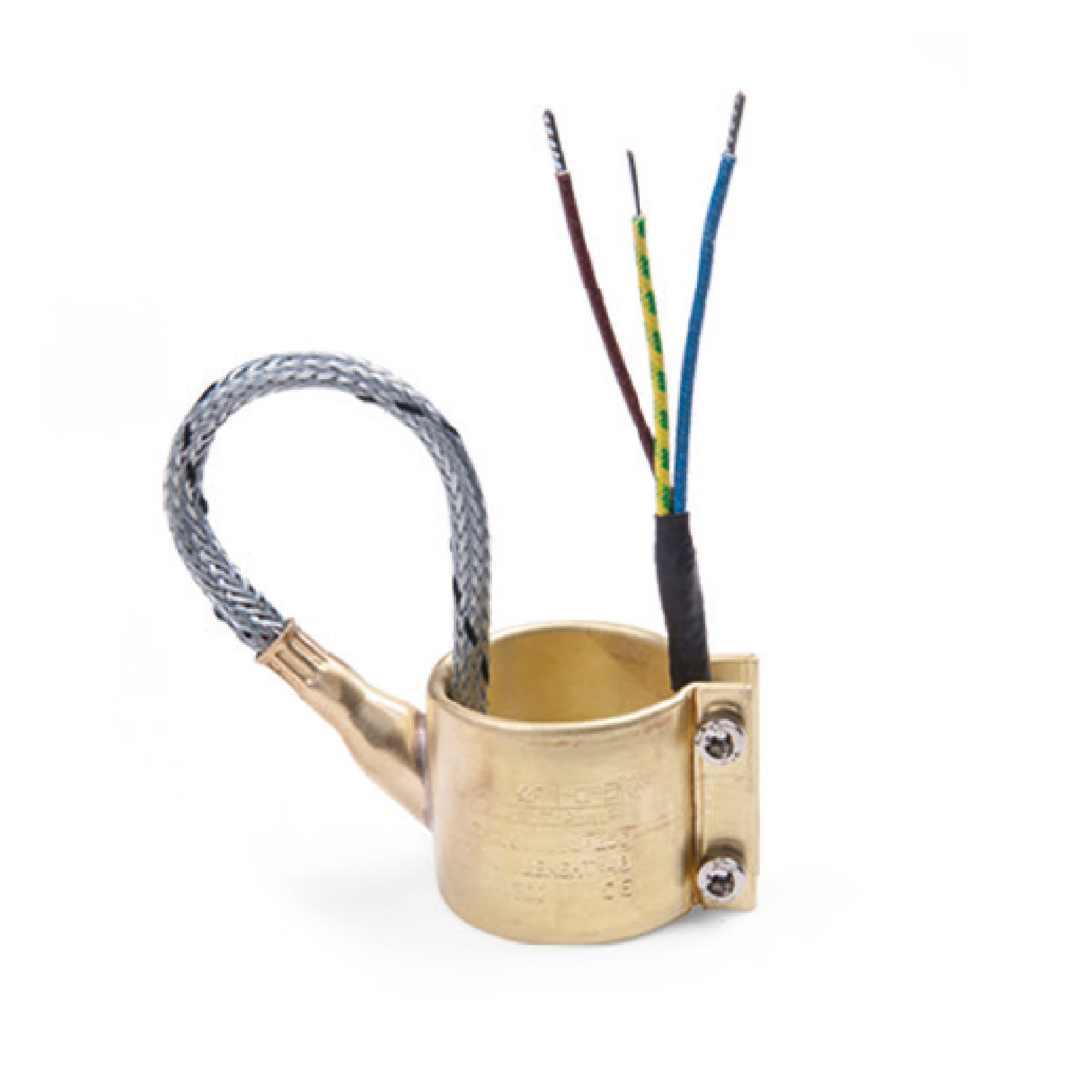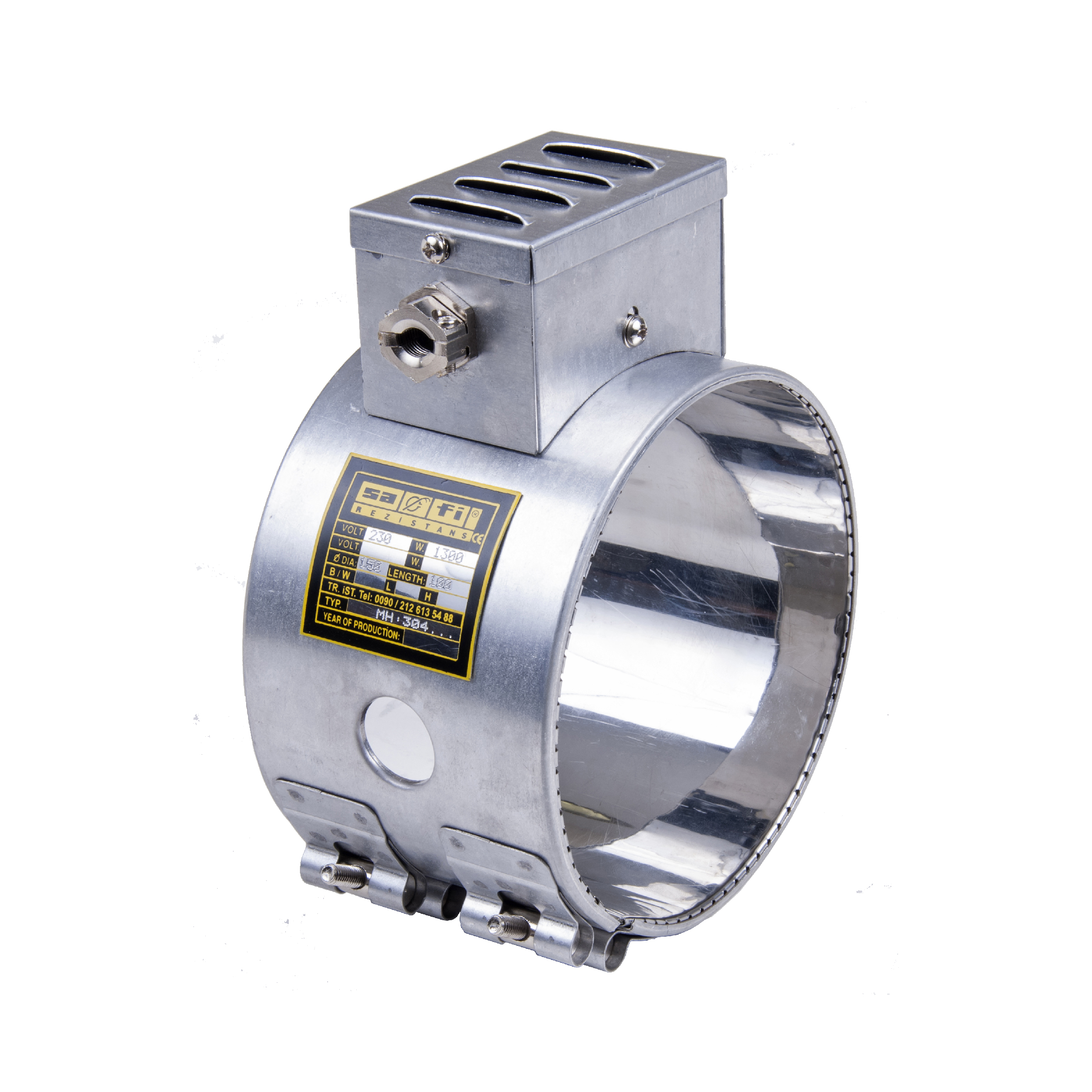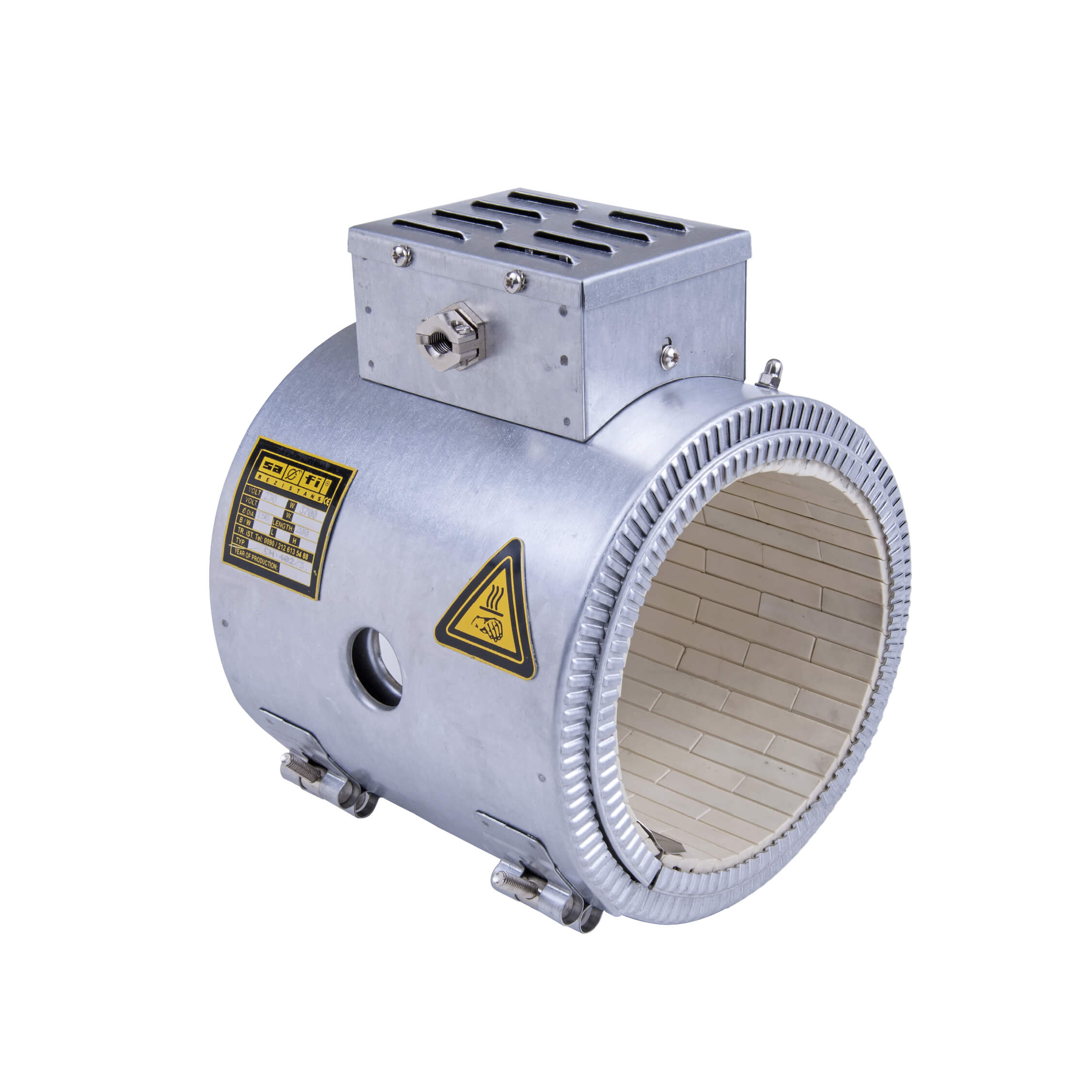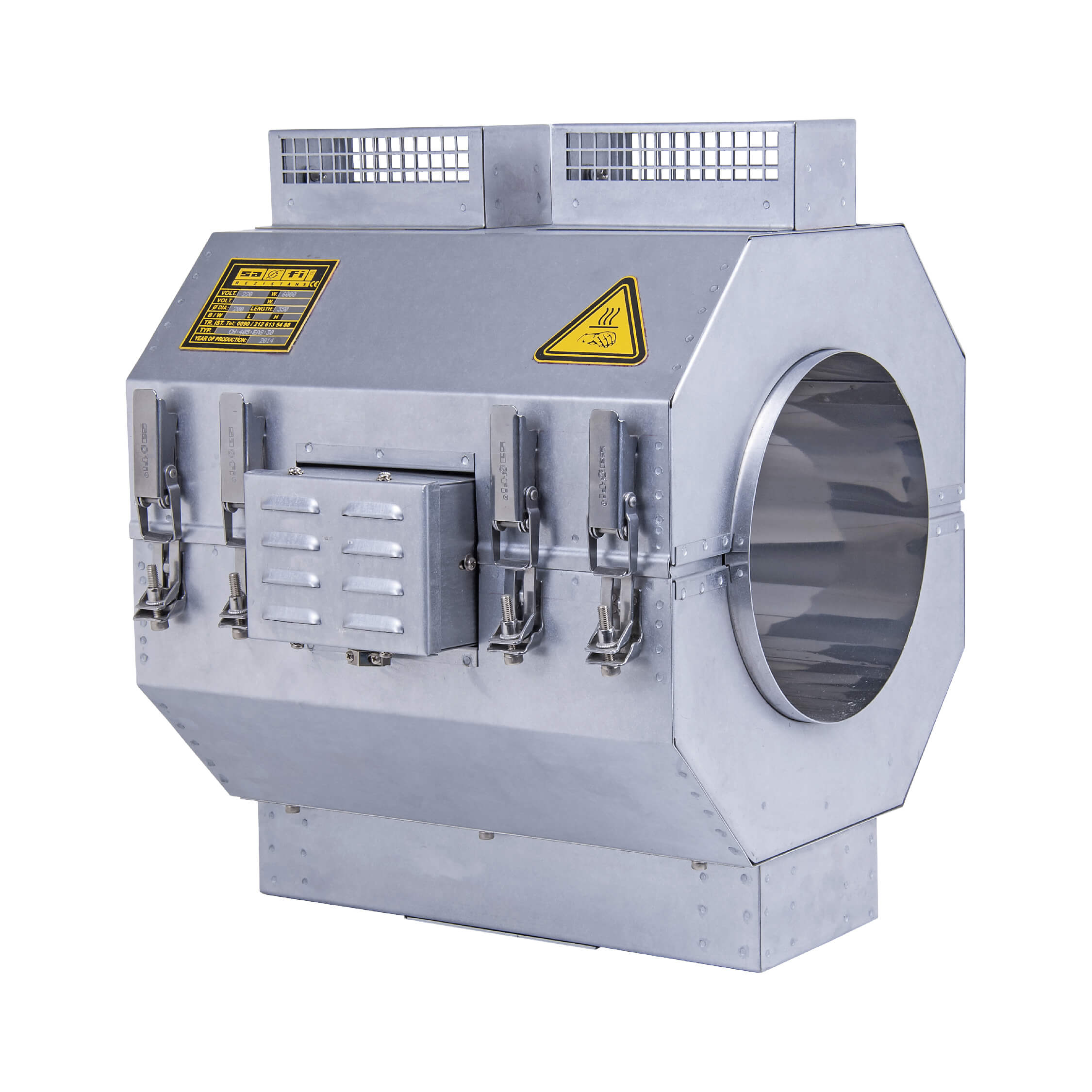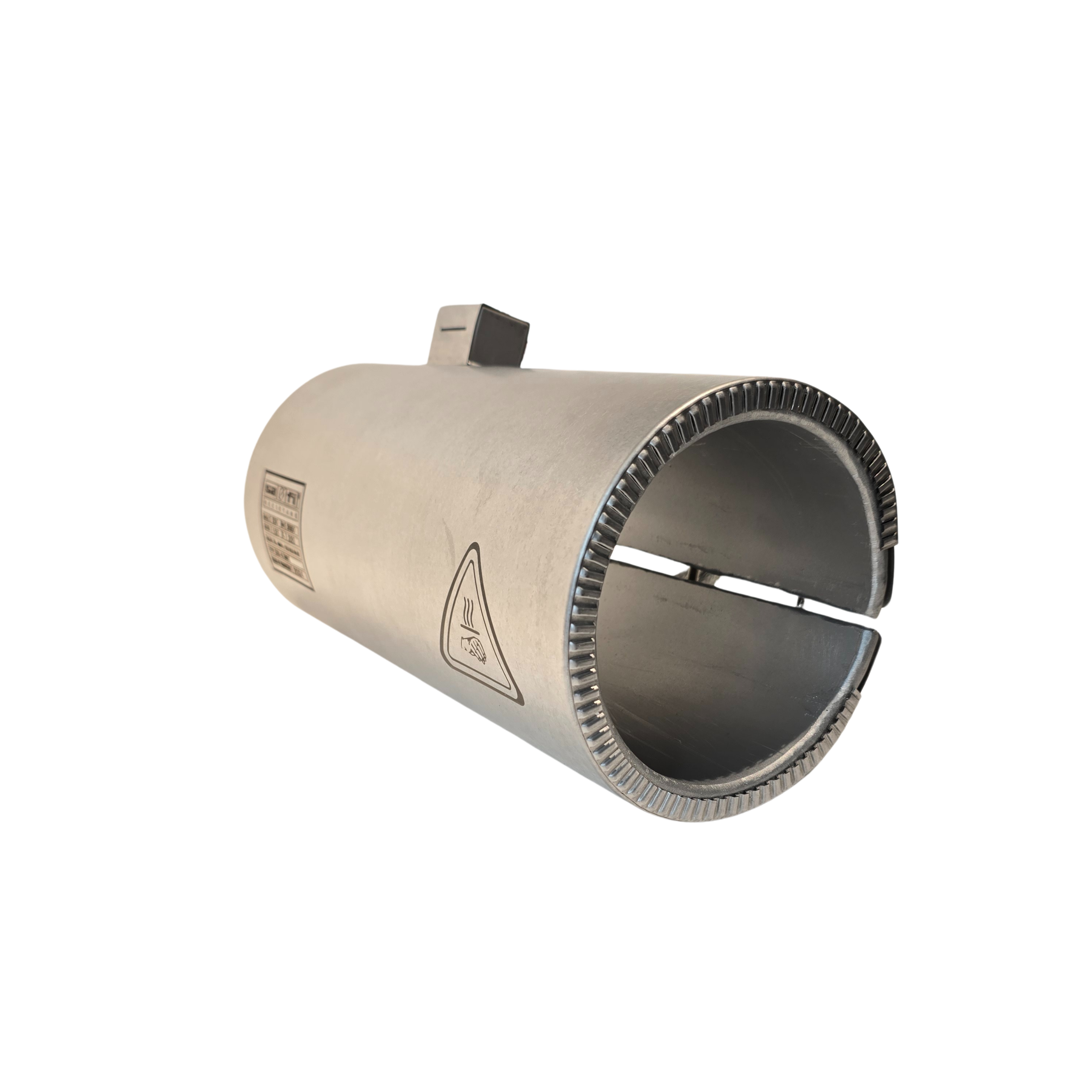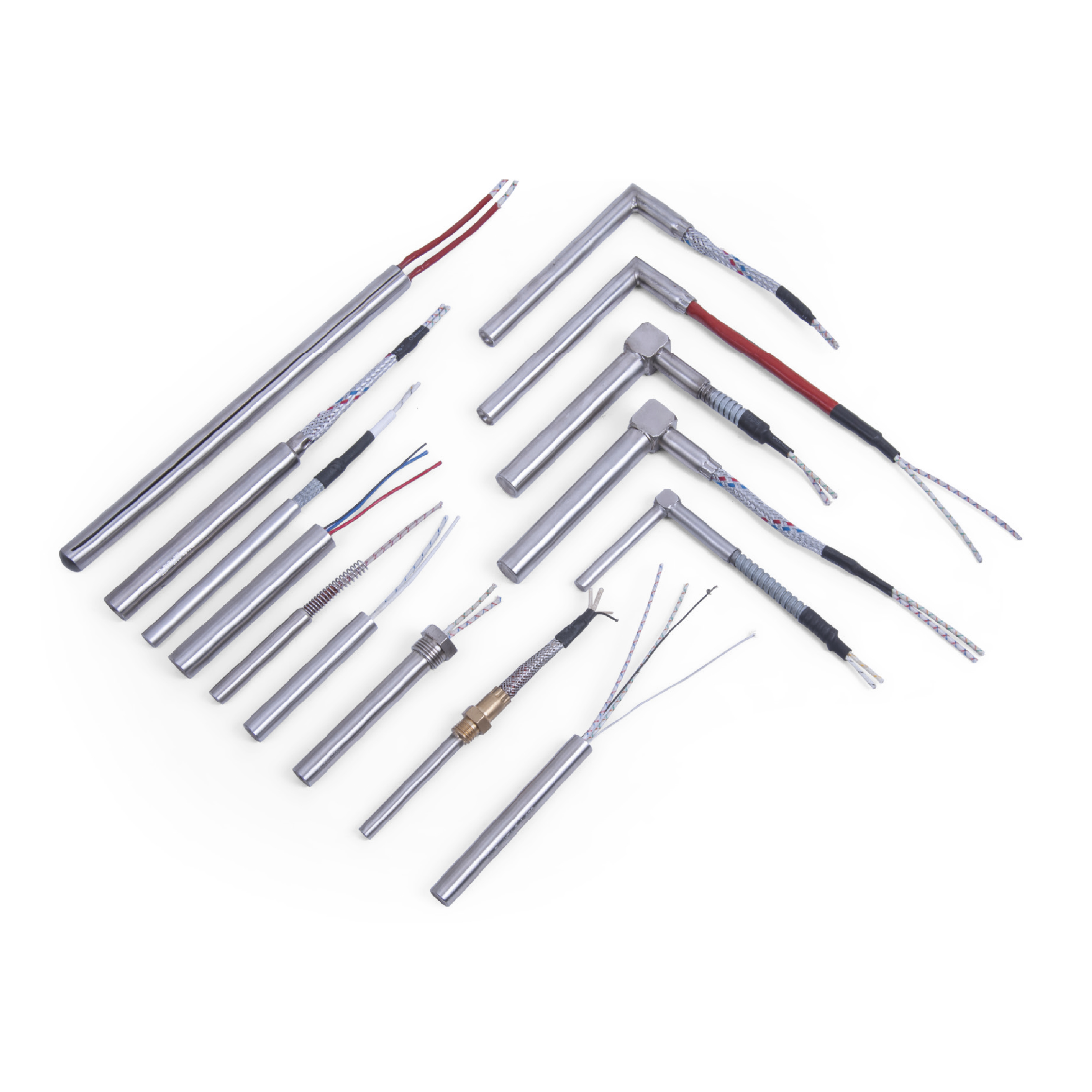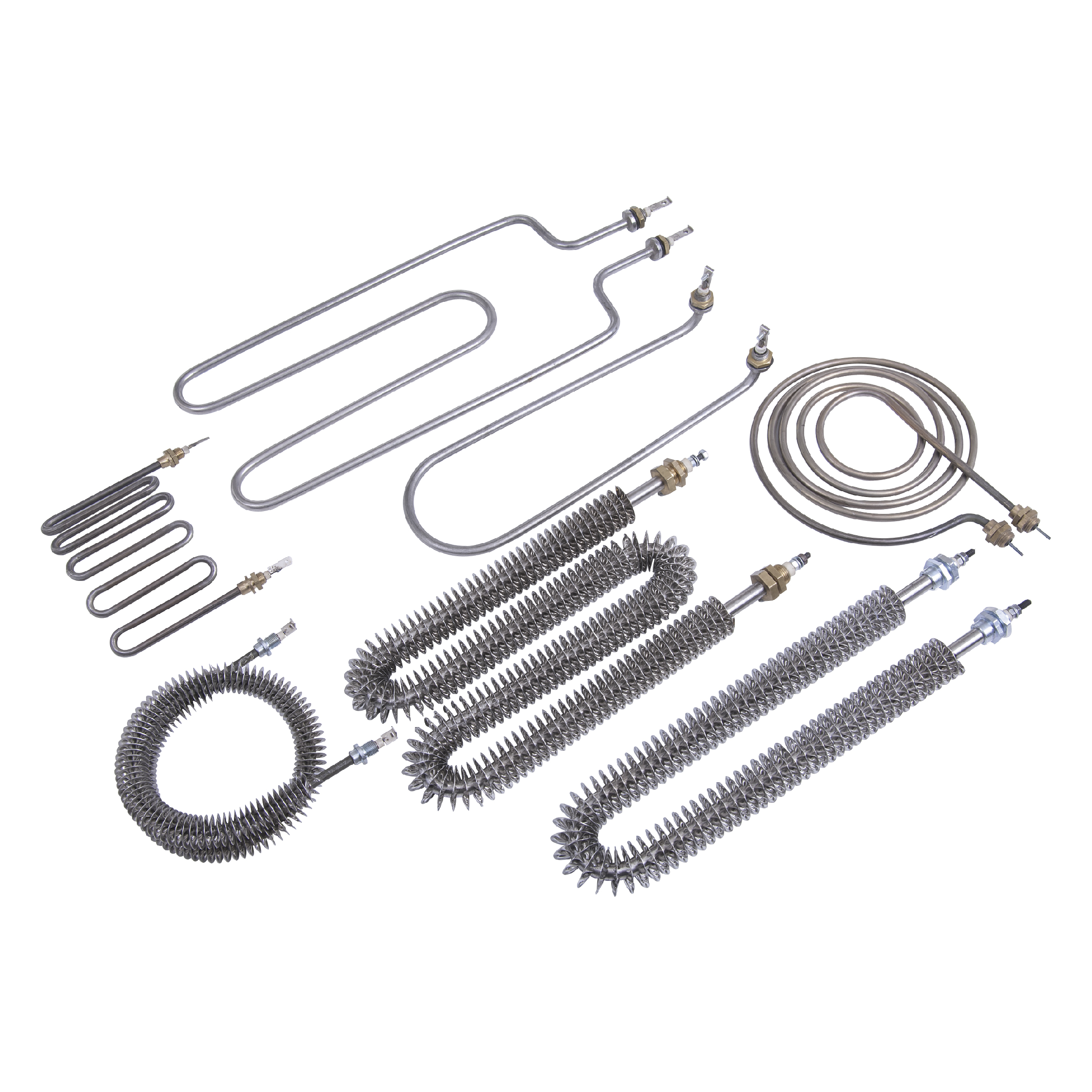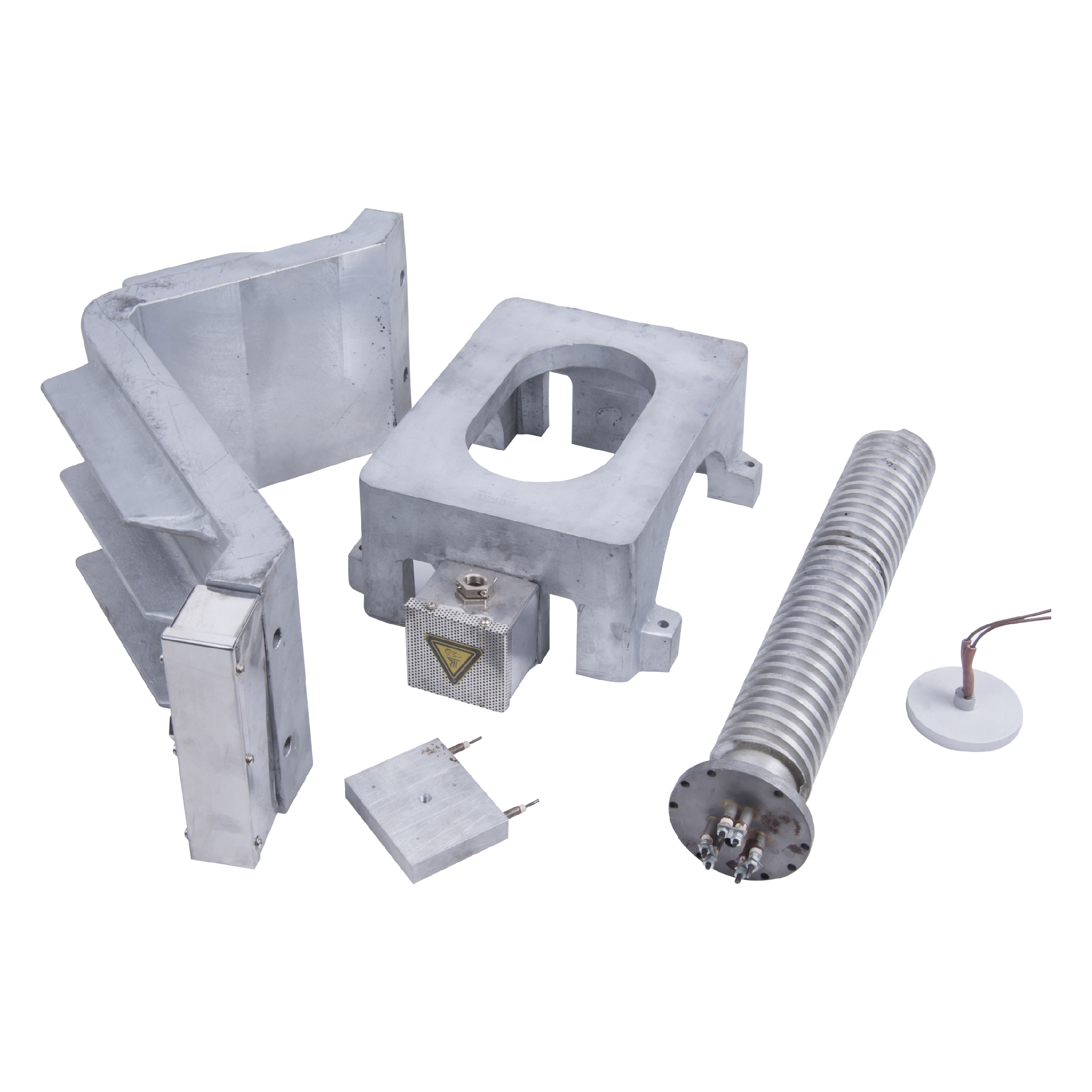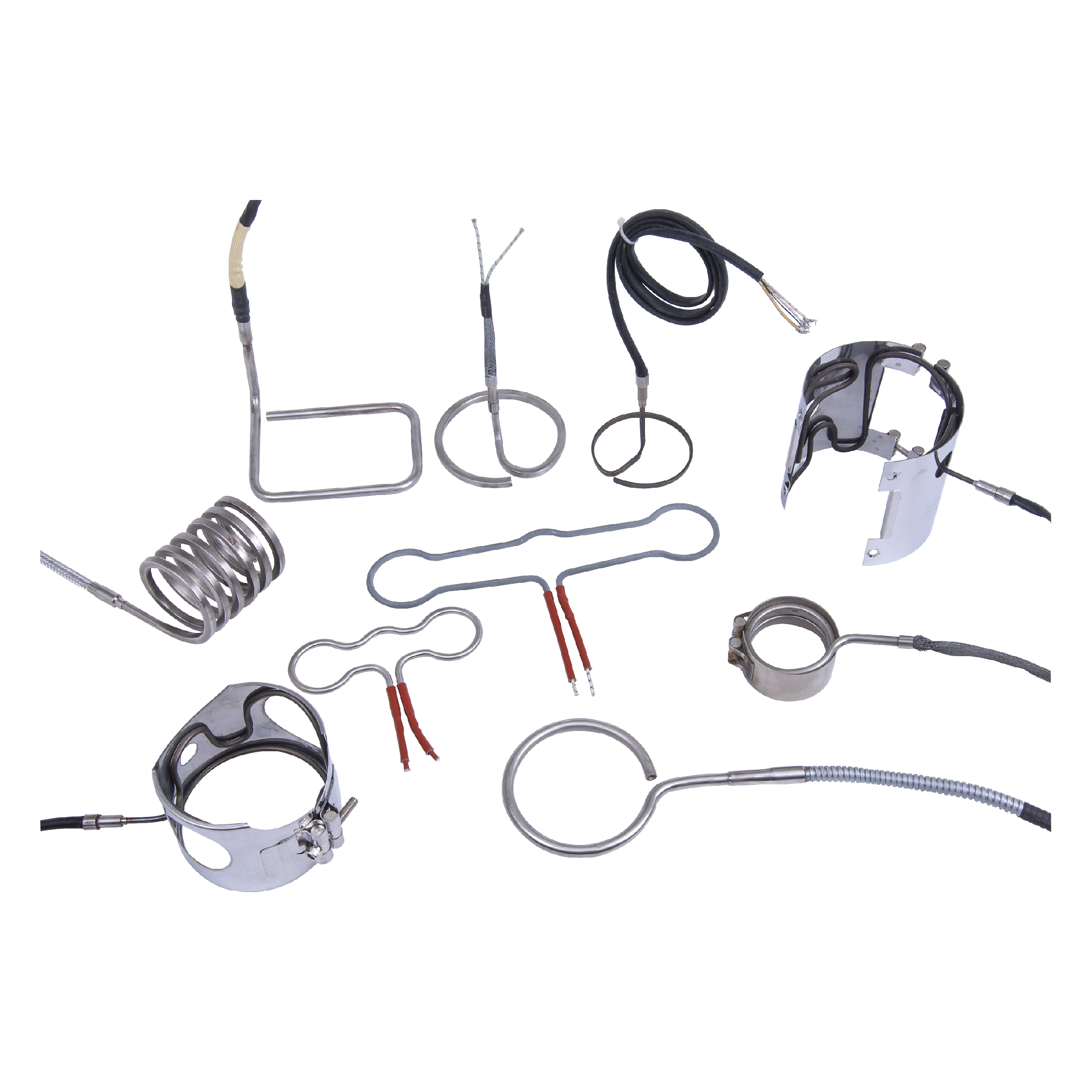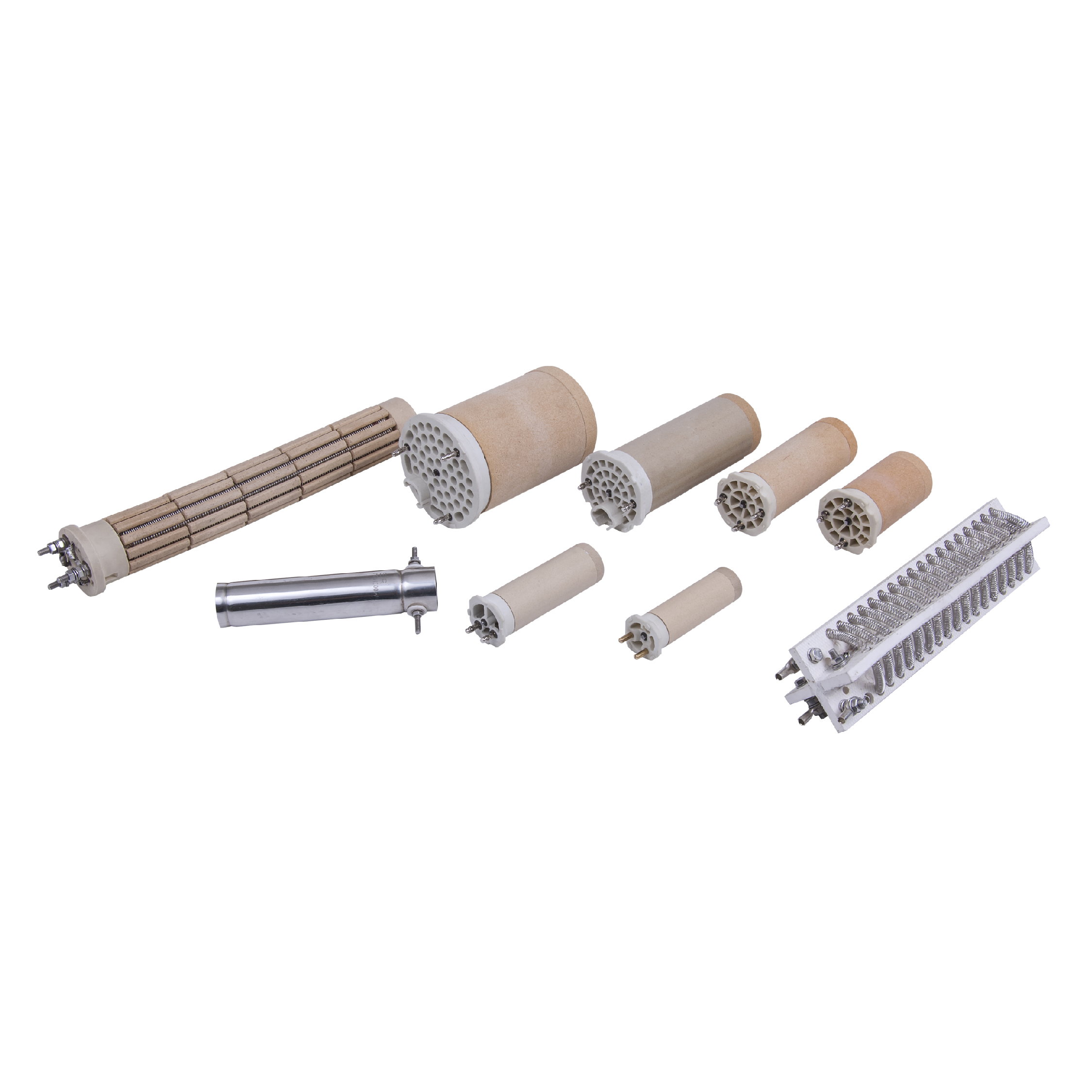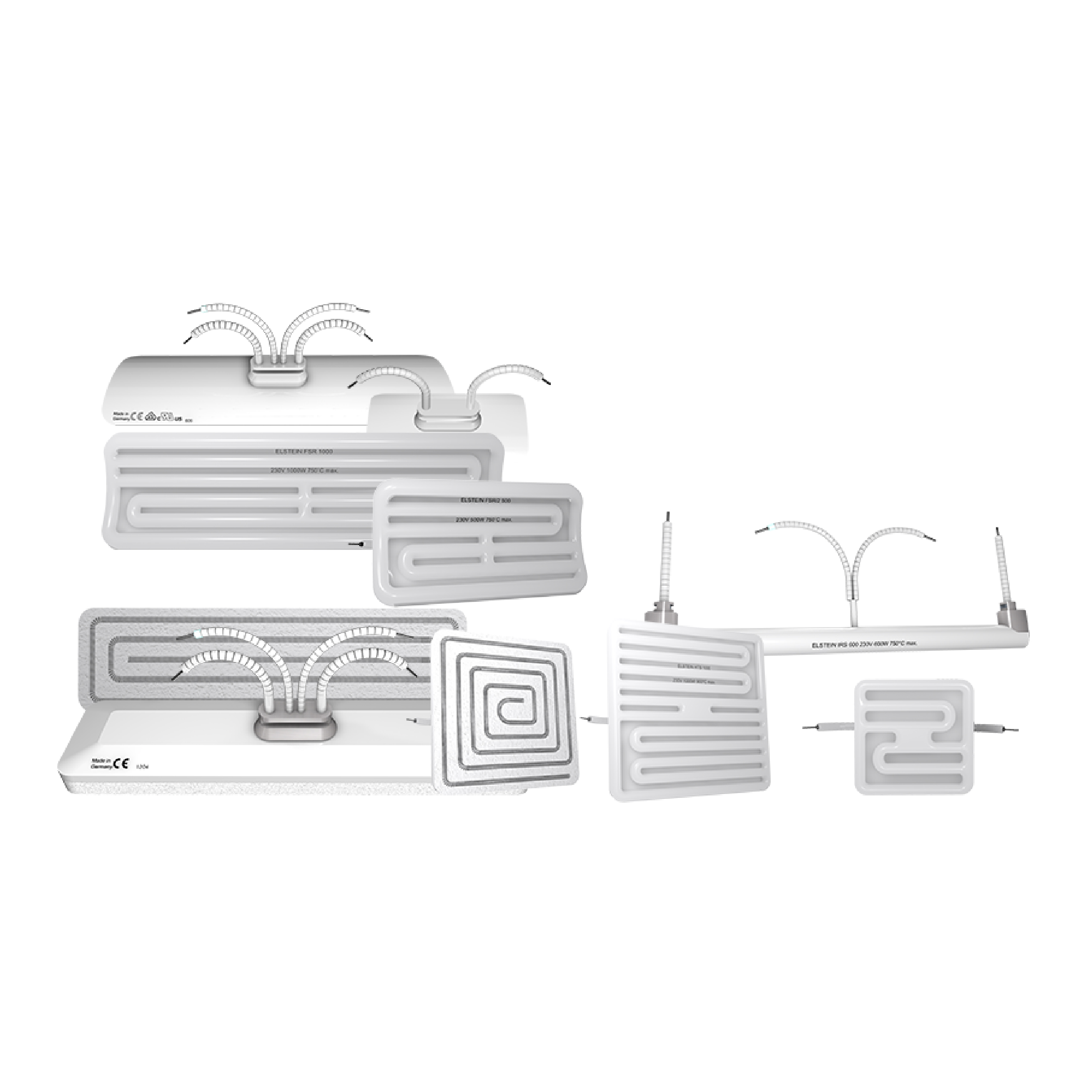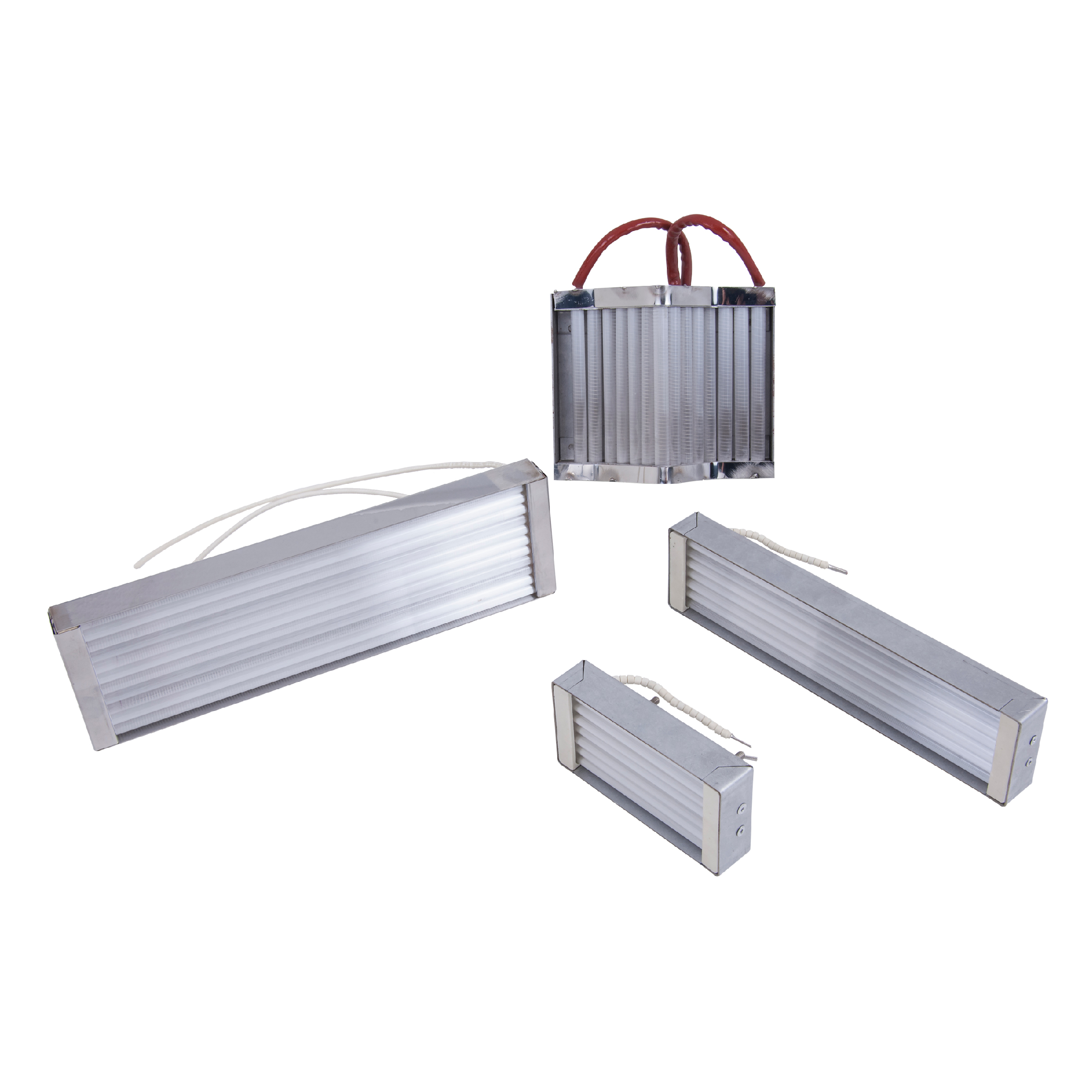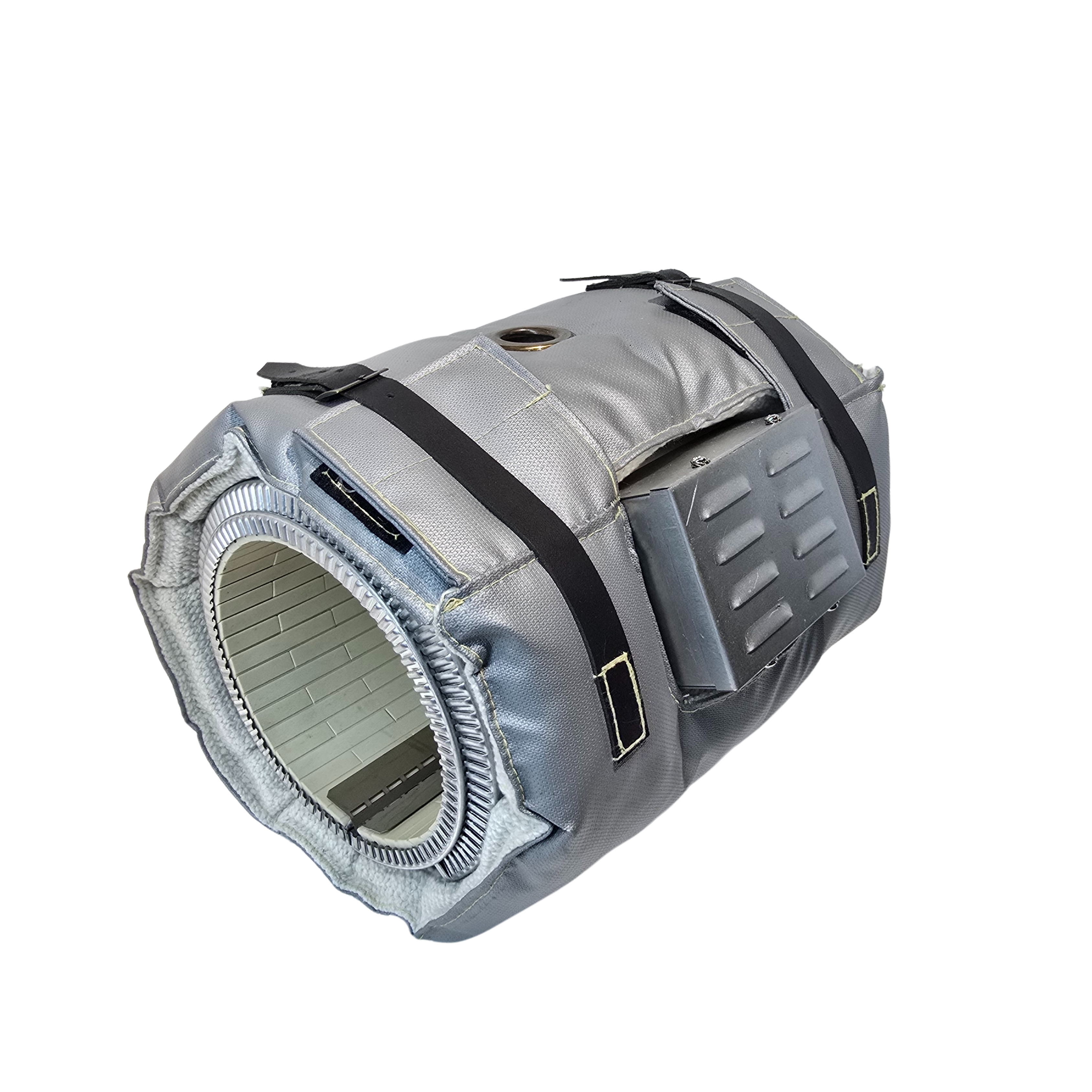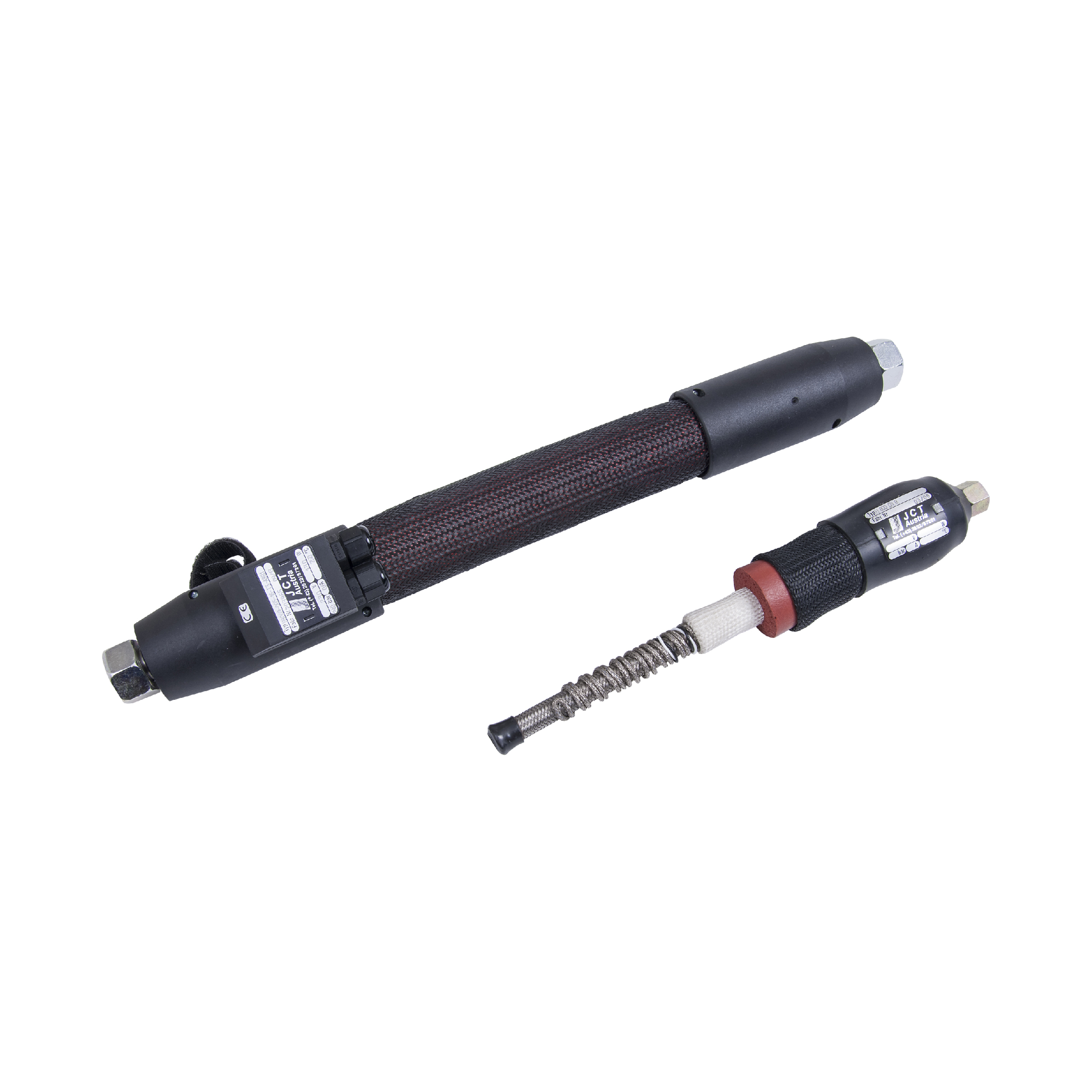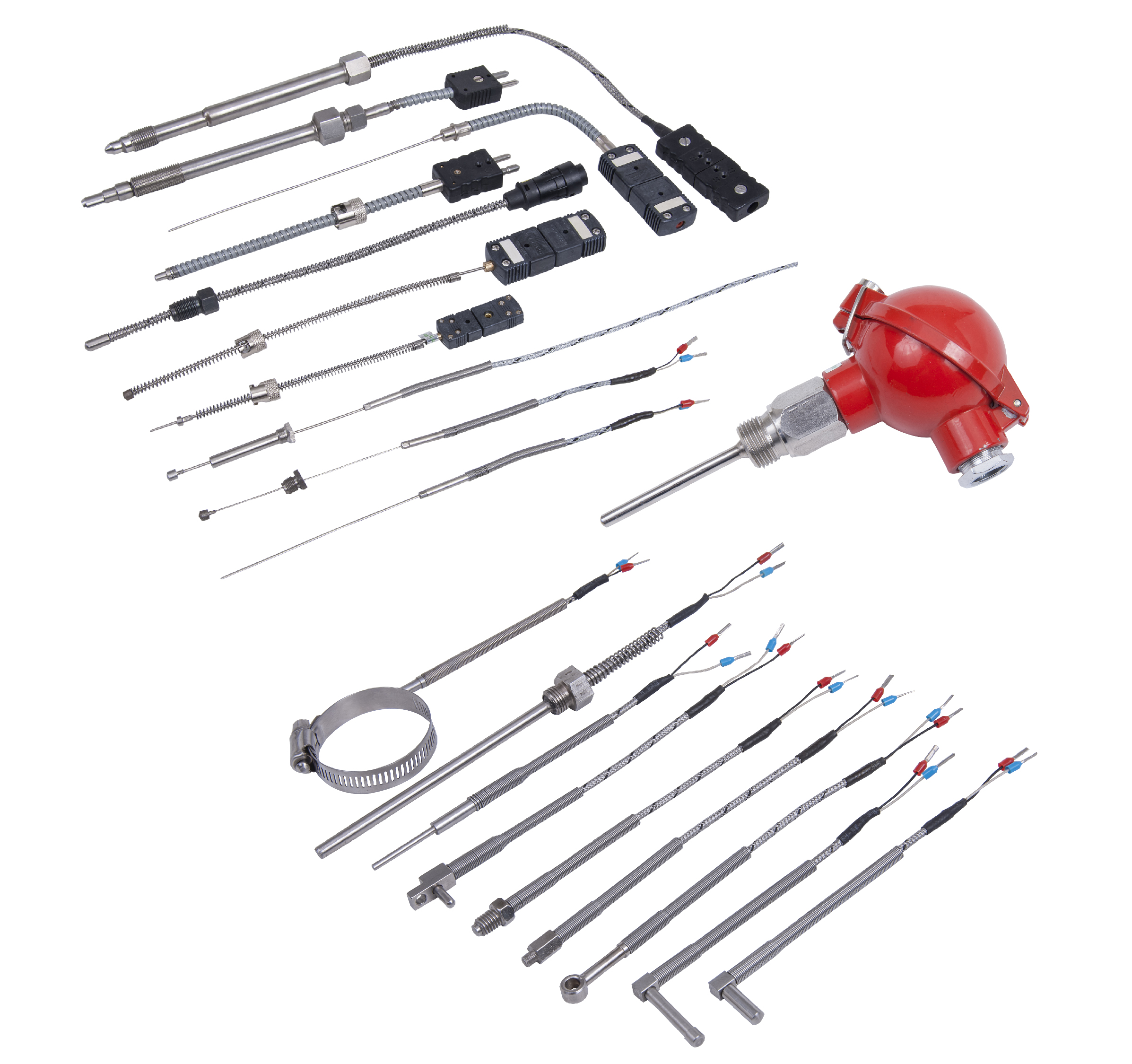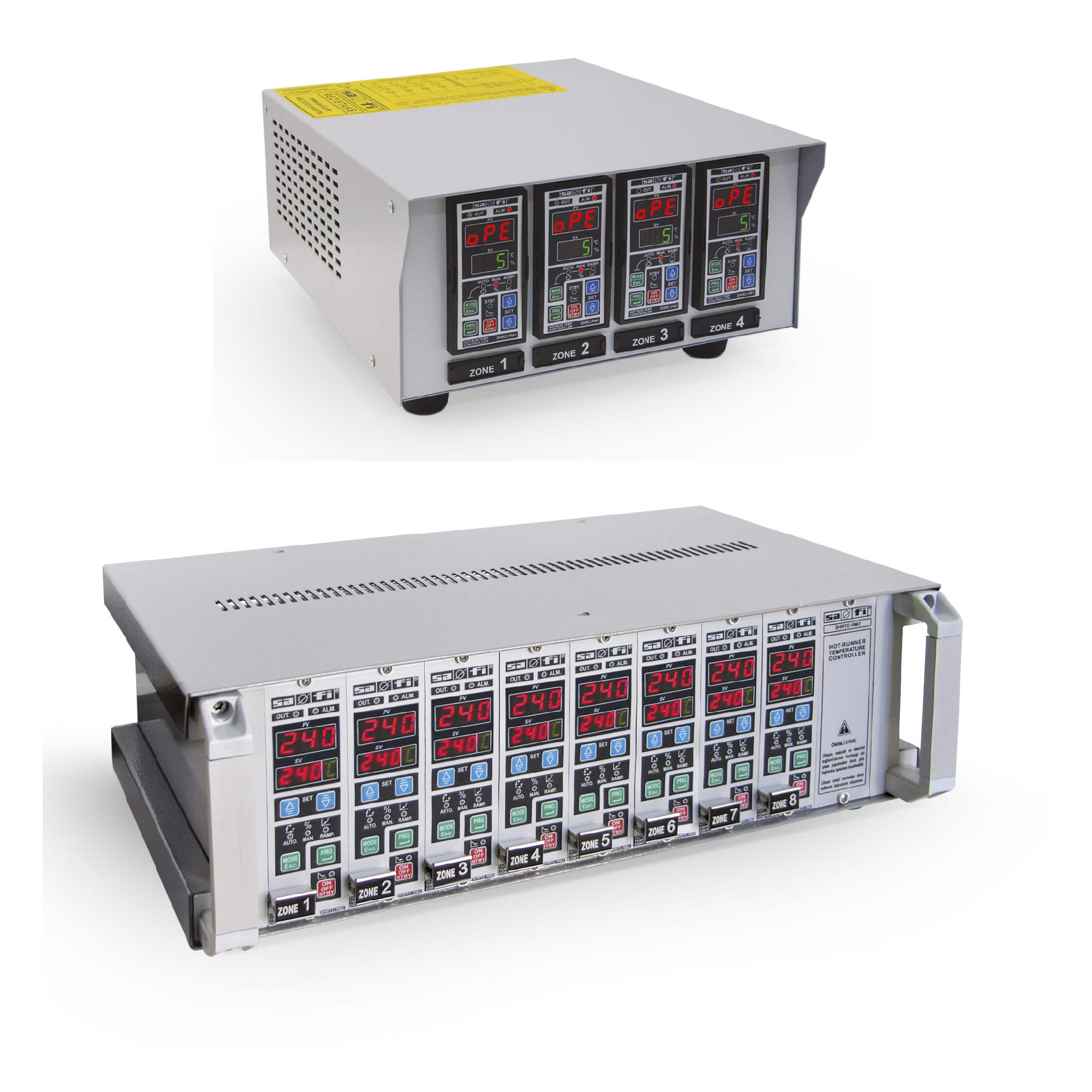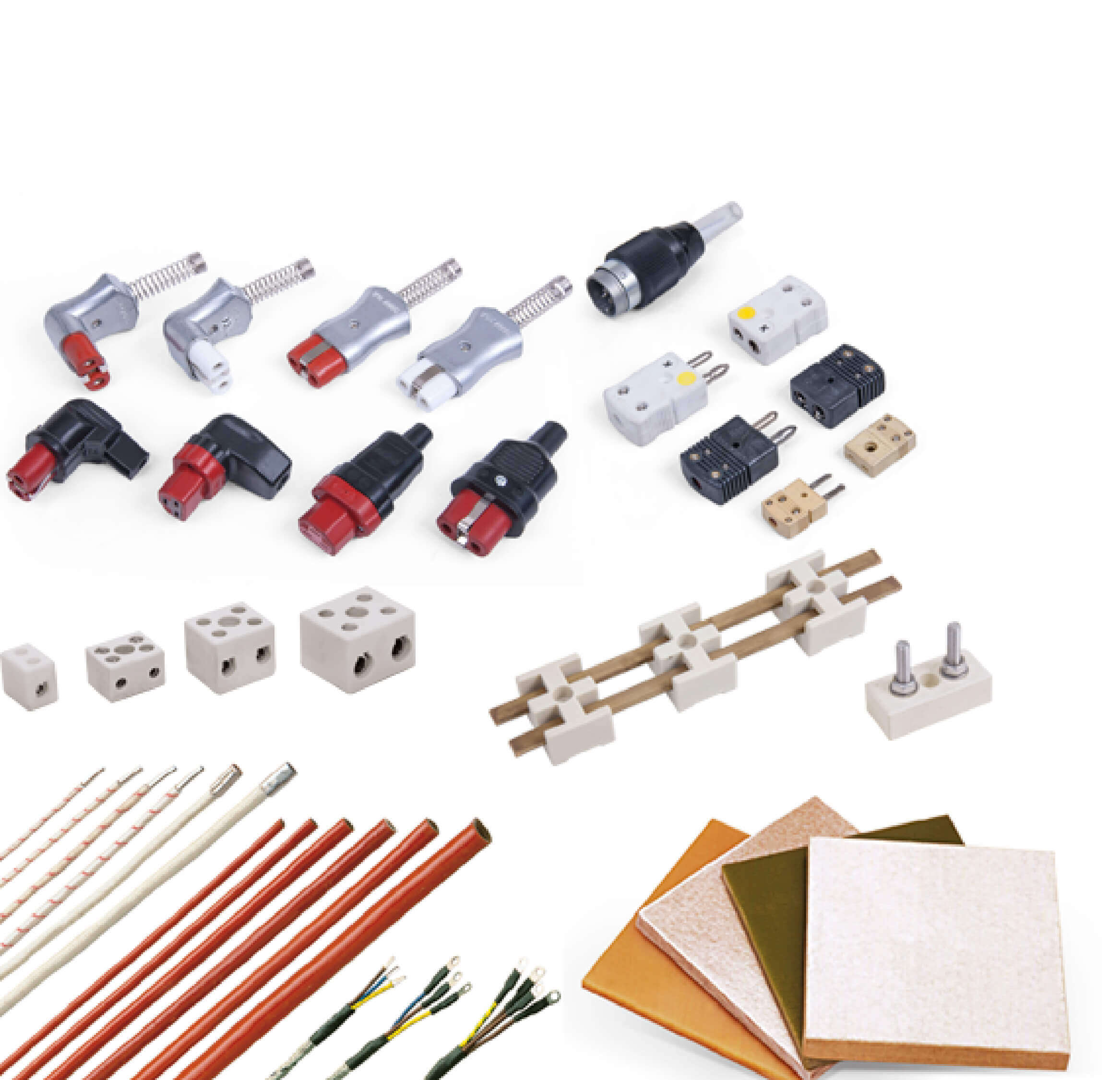Is Long-Lasting Heating Possible with Ceramic Heaters?
Ceramic heaters are known for their high-temperature resistance, energy efficiency, and extended lifespan. Designed to endure continuous industrial use, these heaters are a top choice for systems operating under demanding conditions. In this article, we explore what ceramic heaters are, where they are used, and why they are ideal for long-lasting heating.
What is a Ceramic Heater?
A ceramic heater consists of resistance wires embedded within ceramic blocks or rings. This structure provides thermal insulation and electrical isolation, allowing safe operation at elevated temperatures without damage to the metal casing or surrounding systems.
Key Specifications
- Working Temperature: 400°C – 800°C
- Voltage: 220V / 380V
- Insulation: Ceramic blocks or rings
- Outer Casing: Stainless steel
- Mounting: Band, flat plate, or custom shapes
Common Applications
- Plastic injection molding machines
- Extrusion systems
- Packaging and filling machines
- Drying and heat treatment units
- Textile machinery
- Chemical and food production lines
Why Ceramic Heaters Are Long-Lasting
1. High Temperature Resistance
They can operate safely at temperatures up to 800°C, reducing risks of deformation or failure.
2. Electrical Safety
Ceramic insulation prevents short circuits and improves safety in electrically sensitive environments.
3. Structural Durability
The ceramic body withstands physical shocks and thermal cycling without degradation.
4. Uniform Heat Distribution
Even heat flow reduces hotspots and extends the element's life.
5. Easy Maintenance
Modular design allows for quick replacement and lowers long-term maintenance costs.
Advantages of Ceramic Heaters
- Extended service life
- High heat output
- Energy efficiency
- Safe operation
- Flexible mounting options
Energy Efficiency Aspects
Ceramic heaters conserve energy by directing heat precisely where it’s needed. They reach target temperatures faster and retain heat longer thanks to their insulating ceramic material, minimizing heat loss to the environment.
How to Select the Right Ceramic Heater
- Determine your max temperature needs
- Measure the mounting area accurately
- Define required wattage
- Assess environmental conditions (humidity, dust, chemicals)
- Select suitable cable type and exit direction
Ceramic heaters are an optimal choice for systems requiring long-lasting heating and continuous operation at high temperatures. With their superior energy efficiency, durability, and safety, ceramic heating elements provide industrial users with both operational stability and cost-effectiveness when properly selected and applied.

